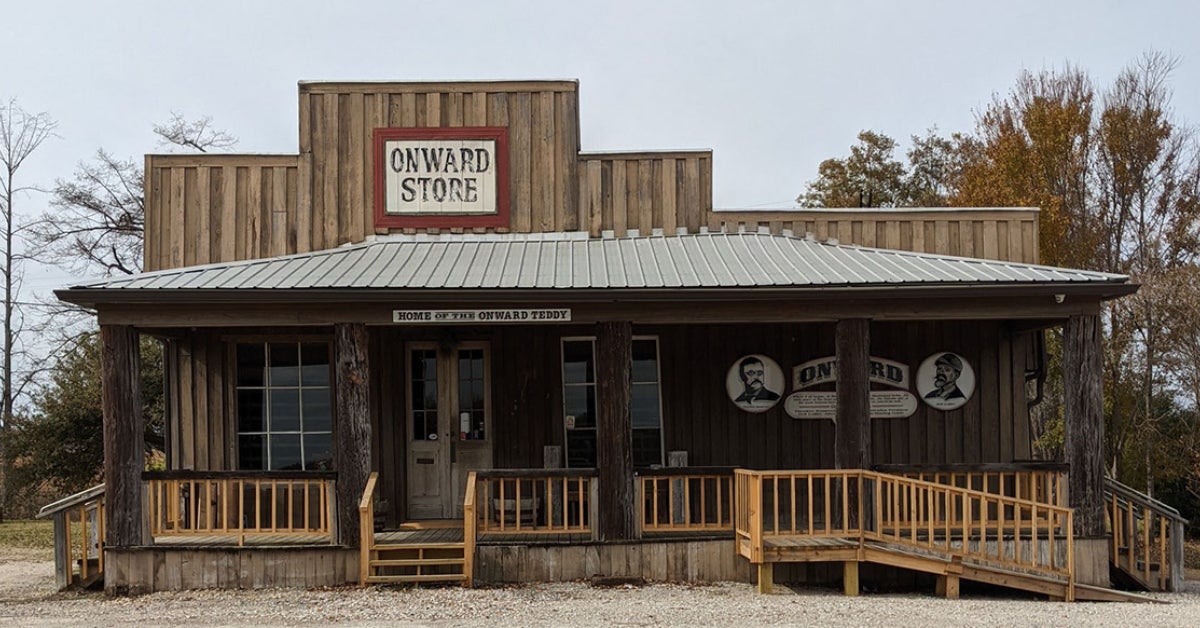Score Energy Savings With Silicone Caulk
Published 6:44 am Wednesday, September 19, 2012
(NAPSI)—Cold weather means it’s time for two activities: fantasy football and home maintenance. This year, manage your home improvement projects—like sealing gaps and cracks—the same way you manage your fantasy football team.
How? Add top picks like silicone caulk to your home weatherization product lineup and ignore poor performers like acrylic caulk. Acrylic caulk may get you the first down, providing savings for the present, but silicone caulk is the lasting solution that scores energy savings season after season.
Block Air Leaks
Gaps and cracks around the home lead to air leaks that can blitz your wallet and cause energy bills to soar. According to the U.S. Department of Energy, you could save up to 10 percent on energy bills by simply air sealing your home. Look for gaps and cracks in all susceptible areas—windows, doors, siding, trim, molding, baseboards, vents, around wires/pipes, attics and basements.
A silicone caulk like GE Silicone II Window & Door is an all-pro defensive blocker for sealing these areas because it is permanently waterproof and weatherproof, meaning it will never break down and sacks air leaks before they rush your home. Acrylic caulk, on the other hand, succumbs to a punishing ground game. It can degrade over time when exposed to harsh weather and freezing temperatures, leaving gaps for air and water to seep through and energy to escape.
Tackle Harsh Weather
Damaging outdoor elements challenge your home throughout the year, but these harsh conditions are no match for silicone’s outlasting flexibility. Silicone caulk can stretch and compress without cracking, and fills the crack just as it did when first applied to keep air leaks from returning.
Silicone is shrink-proof, impervious to all weather conditions and won’t be benched with costly cracks. Acrylic caulk, however, fumbles home protection in the presence of tough opponents. It can lose flexibility in freezing temperatures and crack over time. Extreme heat and the sun’s UV rays can also cause some acrylic caulk to dry out, crack and crumble. This can lead to gaps and cracks around your home that let energy out and water and snow in, resulting in water damage, mold growth and higher energy bills.
Silicone is the player that will help you score lasting energy savings. Poor-performing acrylic caulk can leave you with a losing season. Add silicone caulk to your team now. Find out more at www.caulkandsave.com.
On the Net:North American Precis Syndicate, Inc.(NAPSI)





